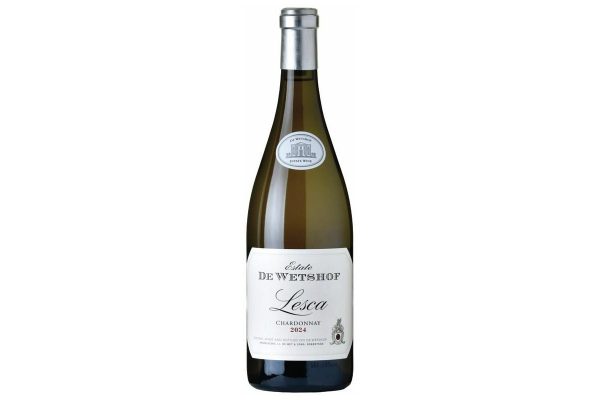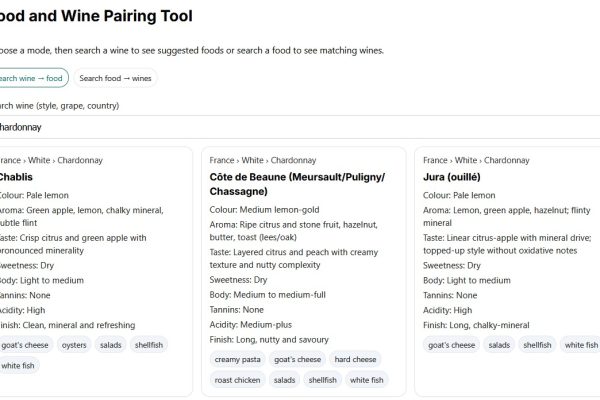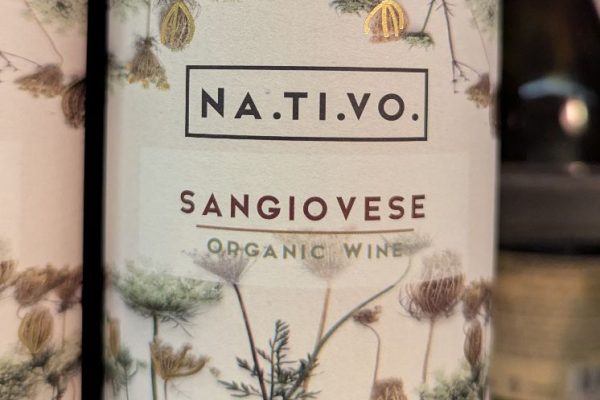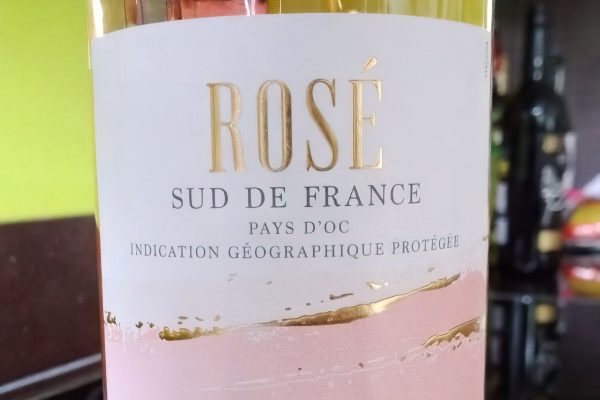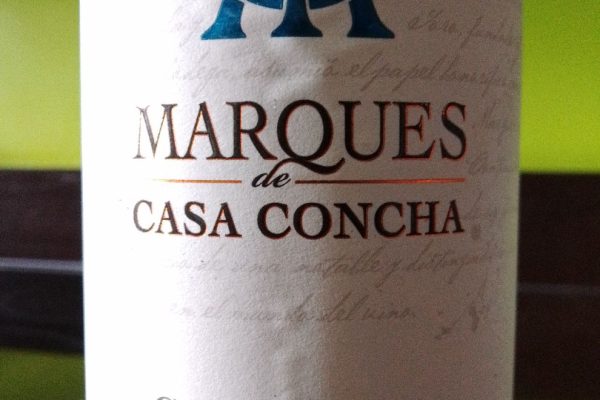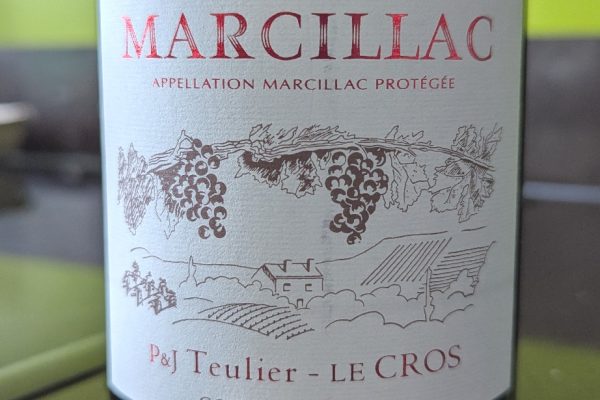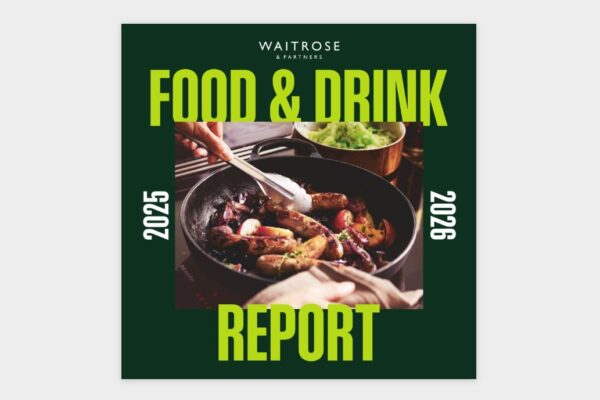
Vivino, the well-known wine scoring and recommendations app, is altering its ecommerce approach in the UK. Having grown from 27 million global users in 2018 to 65 million today, with 3 million of those in the UK, Vivino has decided to stop its direct wine sales in the UK. Instead, the company will rely on its network of approximately 60 independent merchants to fulfil orders across the country.
On the Harpers web site, COO Nick Bell emphasises that Vivino’s mission remains unchanged: to simplify the wine-buying process for consumers. Initially, Vivino supported its ecommerce efforts by selling wine themselves. However, with a thriving merchant base in the UK, the company feels there’s no longer a need for direct sales.
Globally, Vivino has a large marketplace with 1,100 merchants across 17 markets. Bell highlighted the importance of their indie network in the UK, especially as supply has become more challenging in recent years. Vivino’s business model has two main components: assisting consumers in making informed wine purchases and ecommerce, which combines direct sales with merchant partnerships. Lately, the company has been investing more in the former, aiming to innovate in user products.




